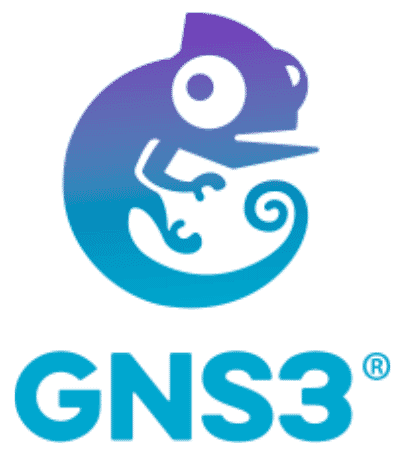Customer story
Scott Data Deploys Network Disaggregation with IP Infusion OcNOS Data Center
Nationally recognized data center with Tier III Certification chooses OcNOS for breadth of features and depth of support.








